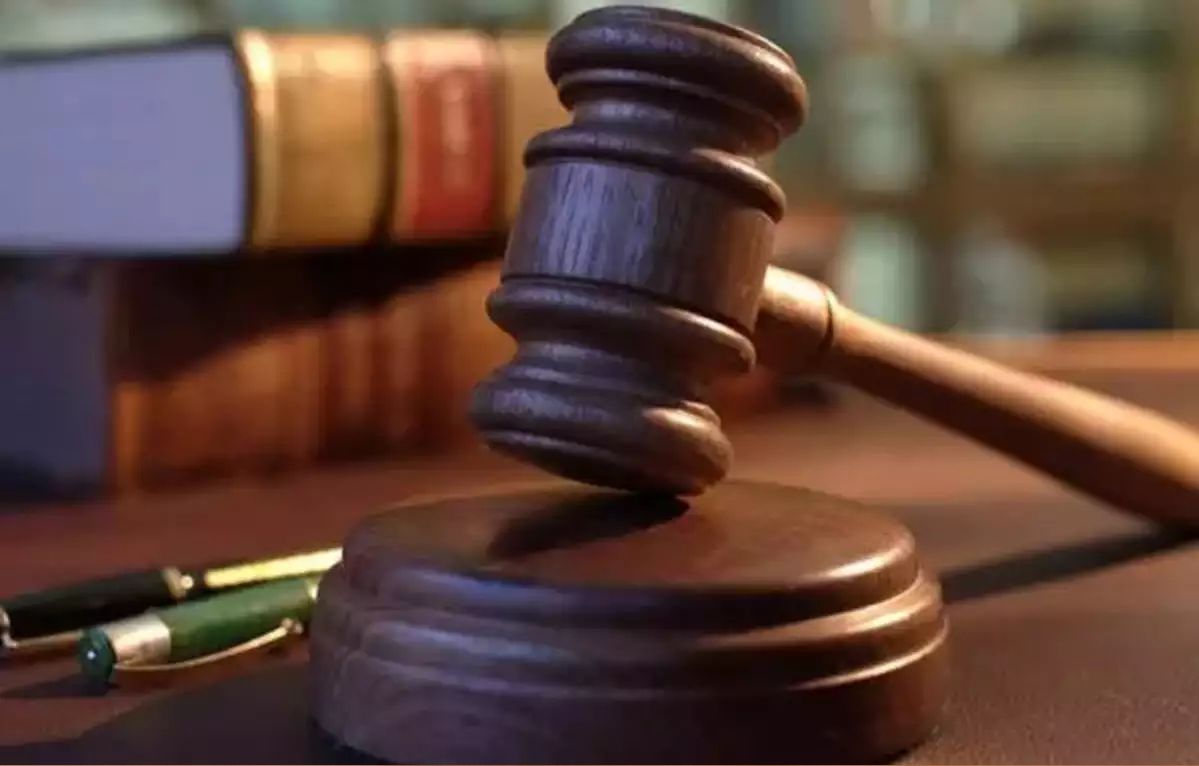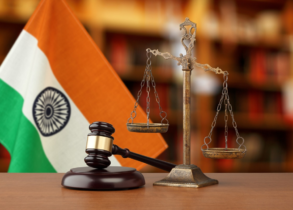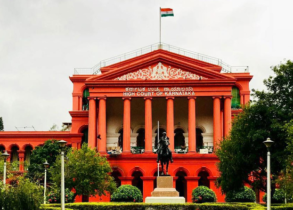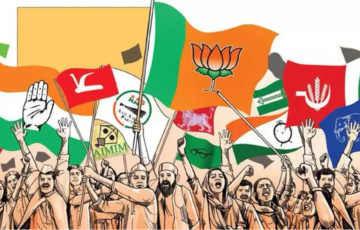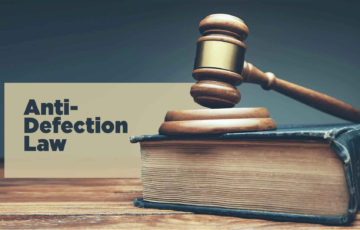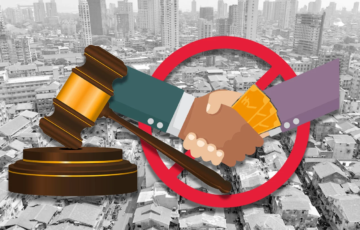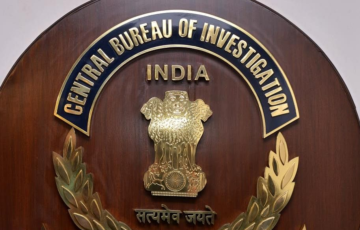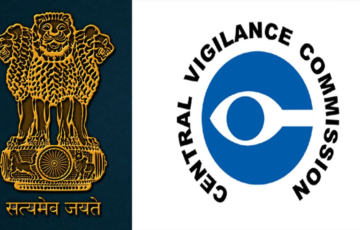PUBLIC INTEREST LITIGATIONS
Meaning
- Public Interest Litigation (PIL) is a legal tool used to uphold human rights, equality, and address issues of broad public concern. It extends the right to file lawsuits to those who might not have the means or standing to do so themselves. PIL aims to protect the fundamental rights of those who can’t access the courts independently.
- Unlike typical cases where the harmed party seeks justice, in PIL, anyone can bring a complaint on behalf of victims. It allows concerned citizens or NGOs to pursue issues of public importance through the legal system. PIL doesn’t have a specific law defining it; it evolved in India when the judiciary started addressing human rights violations in the 1970s and 1980s.
Evolution of PIL
- Justice Krishna Iyer (1976): The concept of PIL was introduced in India by Justice Krishna Iyer in the case of Mumbai Kamgar Sabha vs. Abdul Thai. This marked the initial recognition of the importance of public interest litigation.
- Hussainara Khatoon vs. State of Bihar (1979): The first reported case of PIL was Hussainara Khatoon vs. State of Bihar in 1979. This landmark case focused on the deplorable conditions of prisons and the rights of under-trial prisoners. It resulted in the release of over 40,000 under-trial prisoners, highlighting the impact of PIL in addressing issues affecting the marginalized.
- Justice P.N. Bhagawati (1982): A significant milestone in the PIL movement was the case of S.P. Gupta vs. Union of India in 1982, where Justice P.N. Bhagawati played a pivotal role. This case expanded the scope of PIL and marked the beginning of a new era in public interest litigation.
- These developments reflect the evolution and significance of PIL in India, which has been instrumental in addressing a wide range of public interest issues, protecting individual rights, and promoting social justice and accountability.
Ambit of the PILs in India
- Public Interest Litigations (PILs) in India cover a broad spectrum of public interest concerns, including issues related to human rights, government conduct, labor, women’s rights, caste and religion, governance, environment, cultural heritage, and other matters of public importance. PILs aim to protect fundamental rights, hold the government accountable, and address societal issues for the benefit of the public.
Factors Responsible for the Growth of PIL
- The Indian Constitution’s Parts III (Fundamental Rights) and IV (Directive Principles of State Policy) provide a framework governing the relationship between the state and its citizens. India has some of the world’s most progressive social legislation, addressing issues like bonded labor, minimum wages, land ceilings, and environmental protection.
- Courts have started holding the executive branch accountable when they fail to protect the legal rights of the disadvantaged. Judges can take proactive “suo moto” action based on newspaper articles and letters, expanding the traditional concept of “locus standi.”
- Although the social and economic rights in Part IV are not legally enforceable, courts have creatively interpreted them as Fundamental Rights. For instance, Article 21, the right to life, encompasses the right to free legal aid, a life of dignity, education, and employment.
- To ensure fairness, courts have established commissions to collect information and evidence in PIL cases when petitioners may face challenges in presenting all relevant facts due to their volume or the economic status of the parties involved.
| Who Can Be Sued Under the Public Interest Litigation Act? |
|
Significance
- Access to Justice: It enables regular people to seek legal remedies.
- Social Transformation: PIL promotes social change and upholds the rule of law.
- Justice for Marginalized: It makes justice more accessible to the marginalized.
- Human Rights Protection: PIL safeguards human rights.
- Universal Access: It ensures everyone can seek justice, even on behalf of others.
- Judicial Oversight: PIL monitors state institutions to ensure compliance with the law.
- Judicial Review: It enforces the concept of judicial review.
- Public Engagement: PIL encourages public involvement in reviewing administrative actions.
Criticism
- Abuse for Private Gain: PILs have been misused for personal interests under the guise of serving the public good, leading to the suspension of beneficial projects through secret PILs.
- Competing Rights: PILs may sometimes result in a conflict of rights. For example, when a court orders the closure of a polluting factory, it may not adequately consider the impact on the workers and their families who lose their livelihoods.
- Judicial Overreach: Some argue that PIL has led to judicial overreach, shifting the balance of power in favor of the judiciary.
- Lack of Screening: There is criticism that courts have not effectively screened out non-genuine PILs, adding to the burden of an already overloaded judicial system. This can delay critical PILs.
- Symbolic Justice: Some contend that PILs often provide symbolic justice rather than real, enforceable outcomes. Delays in lawmaking and the conversion of Directive Principles of State Policy (DPSPs) into Fundamental Rights (FRs) can weaken the value of fundamental rights.
Way forward
- Public Interest Litigation (PIL) plays a crucial role in the civil justice system by providing a pathway to justice for marginalized individuals who may not even be aware of their rights. It ensures access to justice for those facing difficulties.
- Balancing the system involves allowing genuine PILs while discouraging frivolous ones. This balance can be achieved by limiting PIL to cases where access to justice is hindered due to financial constraints.
- Additionally, exploring the introduction of financial incentives, such as protected cost orders, legal aid, pro bono representation, support for PIL civil society organizations, and amicus curiae briefs, could encourage legitimate PIL cases without discouraging them. This approach aims to maintain the integrity of the PIL system while promoting its positive impact on society.
| Some Landmark PILs |
|

